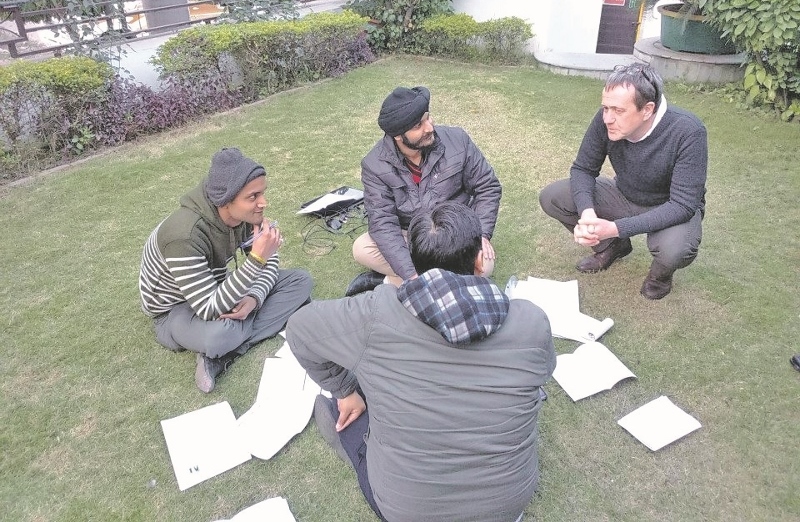
Government officials will map how common drug-resistant TB is by December
Tuberculosis continues to be the number one infectious disease in India, and one of the greatest public health challenges, killing one person every two minutes, nearly 750 every day.
Two senior government officials said that by December, the country plans to release the results of its first-ever survey mapping how common drug-resistant TB is.
Such resistance has been described by the World Health Organisation as a major global threat to the treatment of the lung disease, which spreads through coughs and sneezes.
After China, India is estimated to have the largest number of such drug-resistant TB cases.
According to Reuters, the country has so far estimated the prevalence of drug-resistant TB only by conducting shorter, state-wide surveys.
It started a nationwide survey in 2014 with the aim of tracking 5,214 patients under the country’s TB-control program.
The survey results would help improve detection of drug-resistant TB cases by making clear where it spreads in the largest number and inform the country’s future TB-control strategy, said Sunil Khaparde, deputy director general of the national program.
While India has an estimated 2.1 million TB patients, only half of them are under the national program.
Many opt for private care over a strained public health system, which suffers from poor infection control and a lack of funding.
Director of Treatment Action Group, a New York-based policy think tank working on TB treatment access in India, Erica Lessem, said the survey would not cover those outside the national program. Yet, the results would be ‘incredibly important’.
Improvements in detecting drug-resistant TB in India would have a ‘huge global impact’ Lessem said. “One of the major problems with drug-resistant TB worldwide is that we are not able to detect enough cases … we are missing hundreds of thousands of patients who can transmit it to others,” she added.














